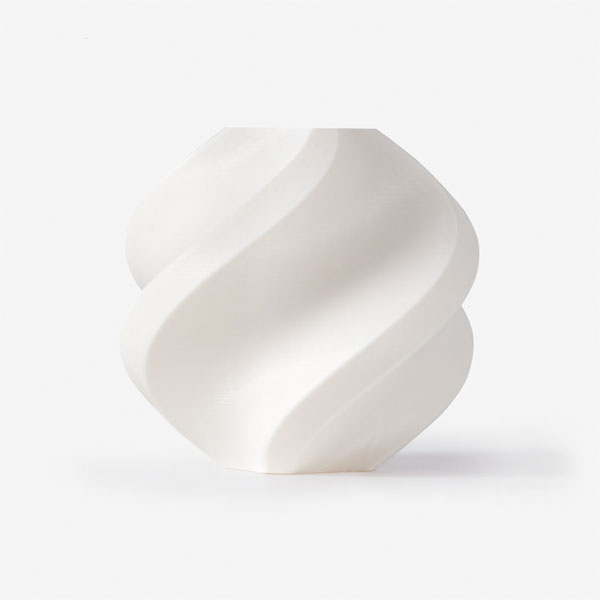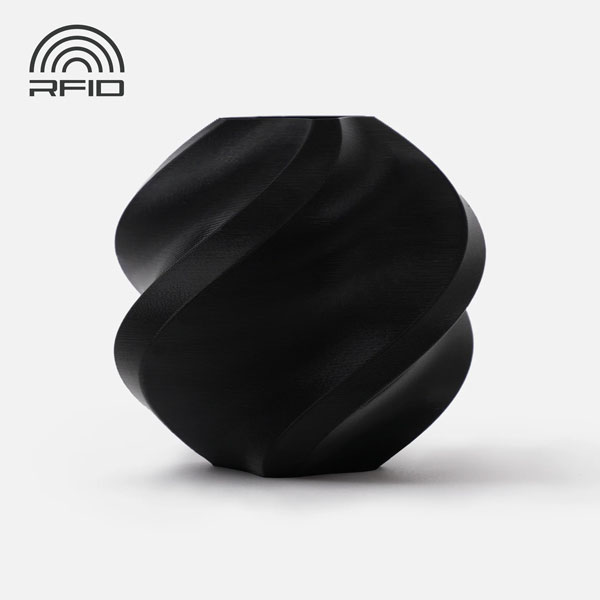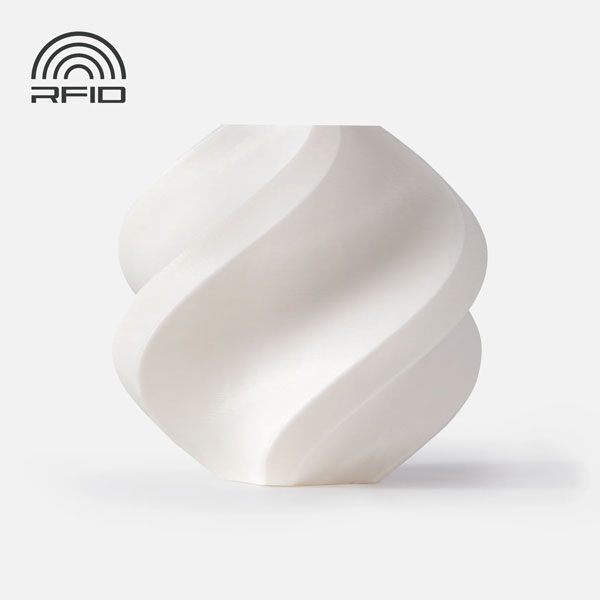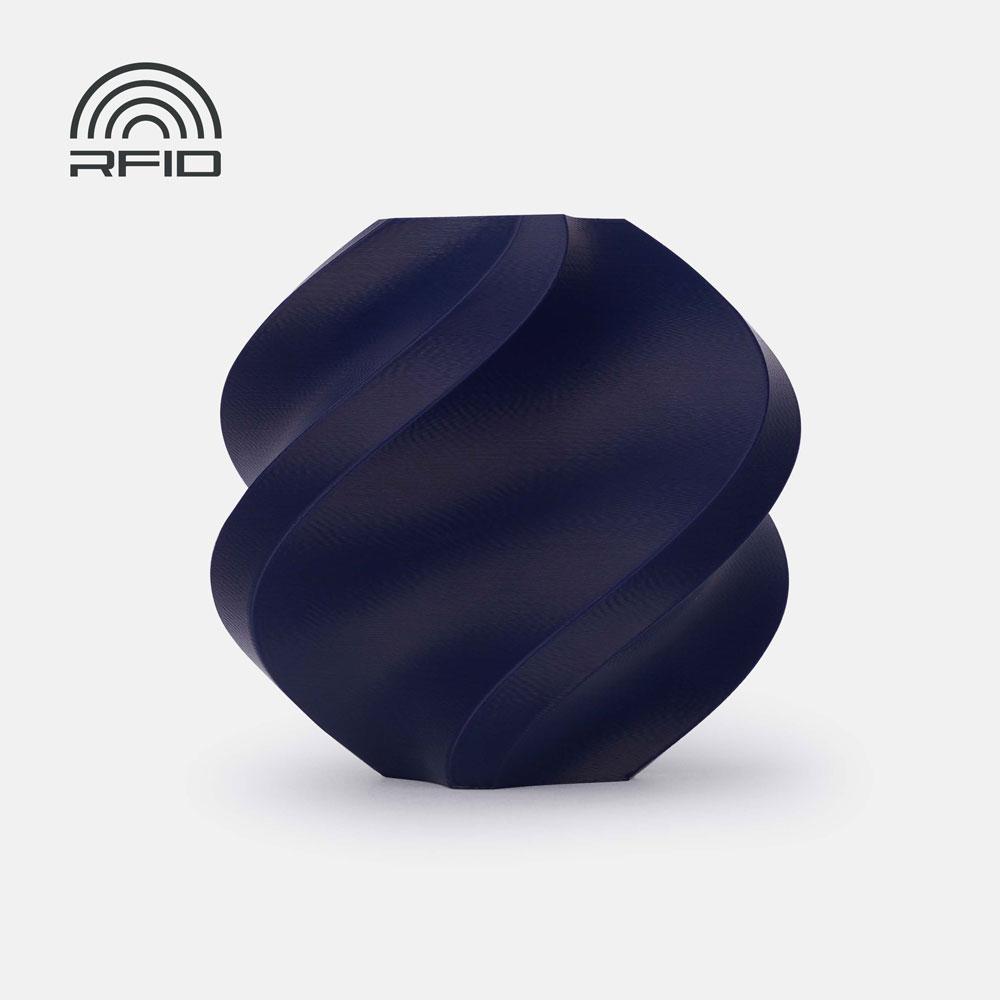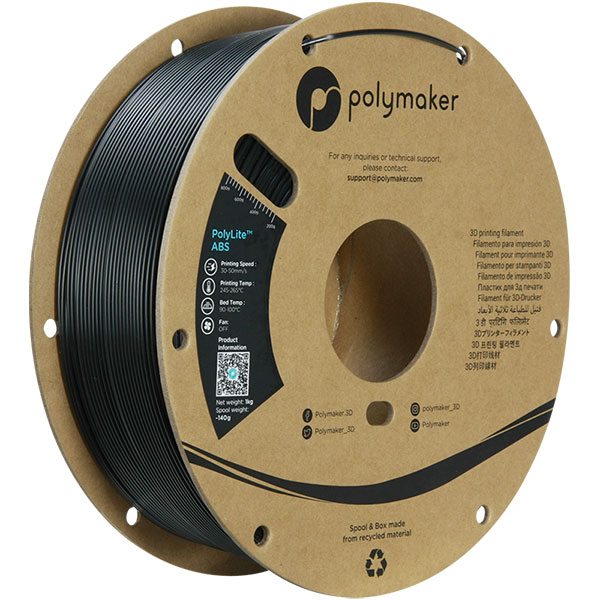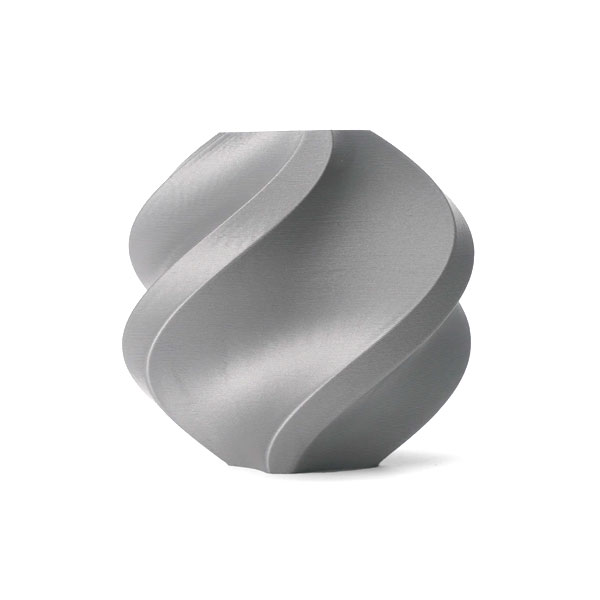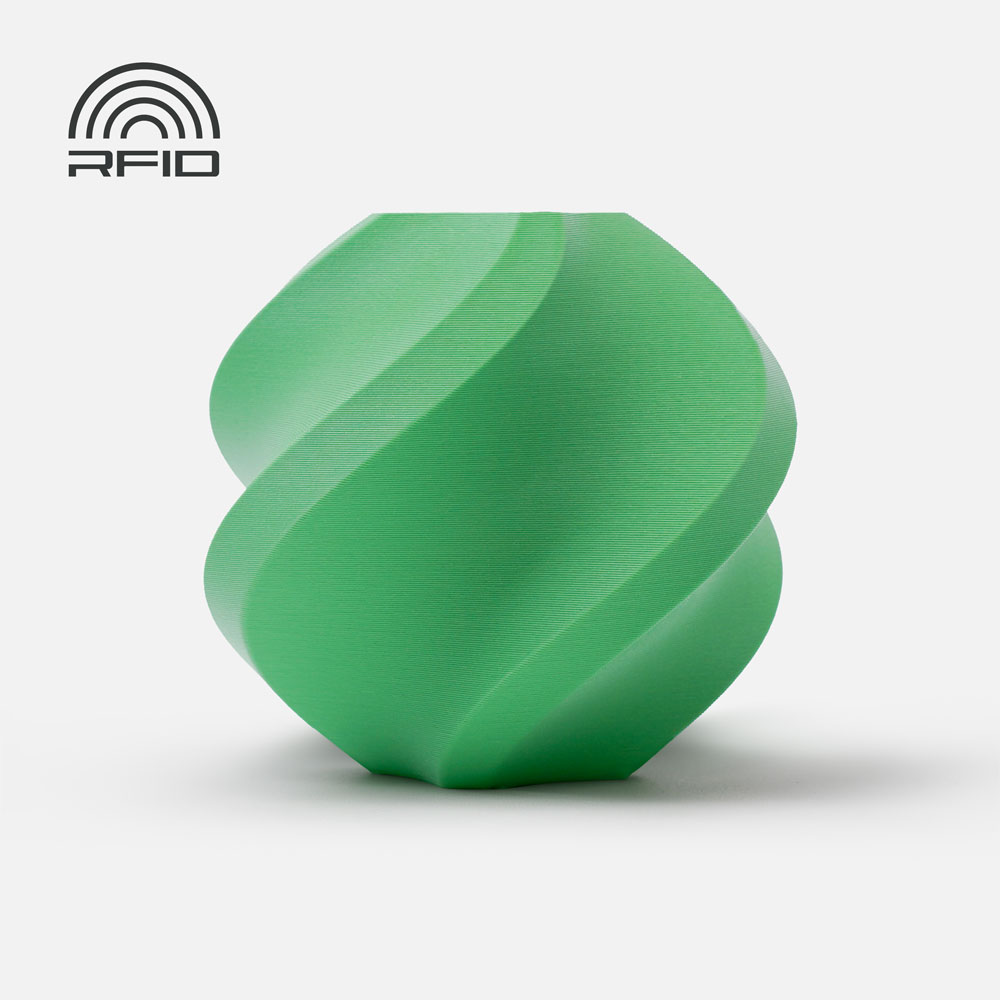5184+ reviews
Order by 16:00 for same day shipping
14 days return
DE
EN
Individual
Business
Filters
Price
to
Colour
Brand
ABS
ABS filament is a widely used material in 3D printing. It is strong, durable and heat-resistant. Ideal for those who print parts that need to be sturdy and functional. Think of gears, tool holders and parts that are used in or on machines. What makes ABS unique is its strength and versatility in finishing. You can easily sand or paint it. If you treat it with acetone, it gets a shiny, cast appearance. This makes it perfect for applications that need to be both technically and visually attractive.
22 products found
Sort by:
Most popular in ABS Filament
ABS is known for its reliability. It is popular in both industry and hobbyists. You will find it in applications where strength counts. Think of housings for electronics or parts for model building. Compared to PLA, ABS is less fragile. That is why many makers choose it for functional prototypes.
Beginners often choose PLA because it is easier to print. However, ABS is gaining ground among advanced users. It is more resistant to heat and has a smooth, professional surface after processing. Brands such as Bambu Lab & Polymaker supply variants that warp less or print more easily.
What is ABS filament?
ABS stands for Acrylonitrile Butadiene Styrene. It is a widely used industrial plastic. The material is strong, flexible and heat-resistant. This makes it suitable for parts that need to withstand impacts or become hot. ABS is also easy to work with. You can sand it, glue it, paint it or smooth it with acetone.
Where PLA is better for decoration, ABS excels in practical applications. It has been used in industries for decades. Think of LEGO bricks or dashboard parts in cars. Thanks to affordable 3D printers, it is now also available for home and office use.
What should you pay attention to when buying an ABS Filament?
Not all ABS filament is the same. Pay attention to quality, temperature behavior and compatibility with your printer. Brands differ in how well their filament prints. Pay attention to things like dimensional stability, warping and surface quality.
A heated print bed is essential. A closed housing also helps. This prevents warping due to sudden cooling. Also pay attention to the smell. ABS can smell unpleasant during printing. So make sure there is good ventilation or extraction.
Packaging also plays a role. ABS absorbs moisture quickly. Choose vacuum-packed coils with desiccant. Store dry for best results.
What is possible with ABS Filament?
ABS is versatile. Its mechanical properties make it suitable for functional prints. Think of gears, hinges, holders or machine parts. But it also comes in handy in creative projects. For example, for cosplay, sculptures or objects that you want to finish smooth or painted.
The advantage of ABS is the combination of strength and reworkability. You can sand it or paint it. With acetone it gets a shiny, cast look. That makes it suitable for both technical and visual designs.
Which 3D printer is ABS Filament suitable for?
Not every printer is suitable for ABS. The material shrinks when it cools down. A heated bed is therefore essential. Otherwise, prints will warp or come loose. A closed housing ensures temperature stability. This improves the adhesion between the layers.
High-end FDM printers, such as the Bambu Lab X1 Carbon or Prusa i3 MK4 (with enclosure), are fine for ABS. The popular Creality Ender 3 can also handle it, provided you use upgrades. Think of an enclosure and a more powerful hotend.
Our choices for ABS are the Bambu Lap P1S, X1 Carbon or the H2D.
If you don't have a heated bed or poor ventilation, start with PLA or PETG instead.
ABS filament is strong, versatile and suitable for serious 3D printing. With the right settings and a quality spool, you can get the most out of it. Whether you are making technical parts or doing creative projects. ABS offers reliable results with a professional finish.

